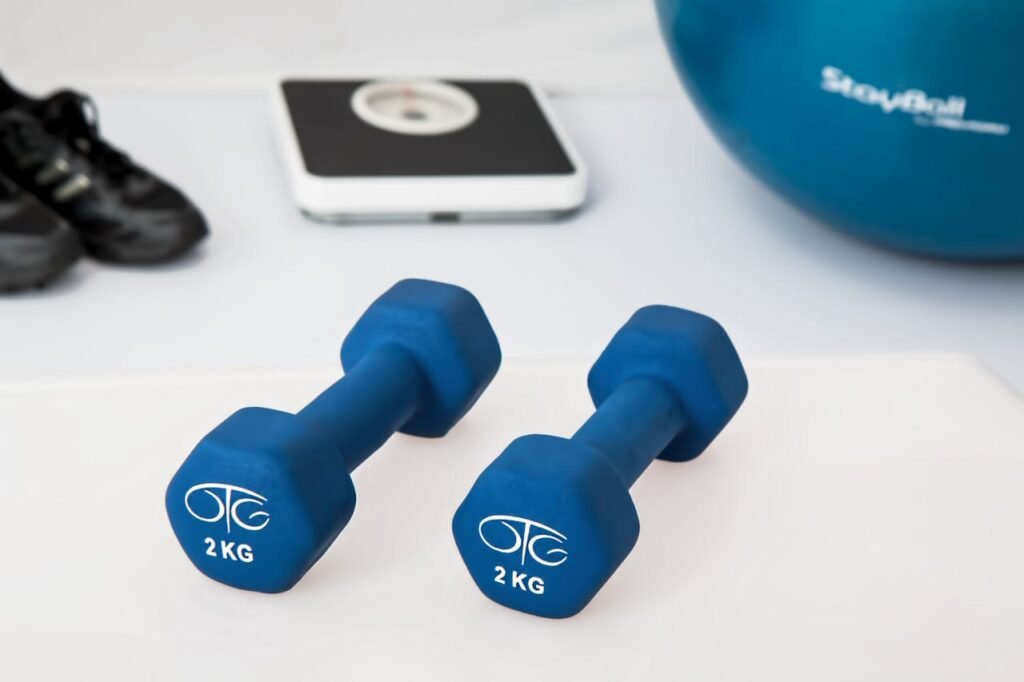The fitness industry has changed a lot over the last decade. Home workouts are more popular than ever, and high-quality gym equipment is no longer limited to big commercial spaces. But with so many options available, one question keeps coming up: Should you buy gym equipment or rent it?
Buying might seem like the obvious choice—it’s yours, after all. But when you take a closer look, renting often comes out ahead. From cost savings to flexibility and convenience, gym equipment hire is quickly becoming the smarter move for most people. Here’s why.
1. Lower Upfront Costs
Good gym equipment isn’t cheap. A basic dumbbell set might be affordable, but once you start looking at treadmills, squat racks, rowing machines, or exercise bikes, you’re easily in the thousands.
Renting removes that financial barrier. Instead of dropping a huge sum of money at once, you spread the cost into manageable monthly payments. For people just getting into fitness or those testing out home workouts, this makes gym equipment far more accessible. You don’t need to commit to a major purchase right away.
2. Flexibility to Change Your Setup
Fitness goals change. Maybe you start with cardio because you want to lose weight, but six months later, you’re more focused on strength training. If you’ve bought a treadmill, you’re stuck with it, even if it no longer matches your goals.
Renting gives you options. Many companies allow you to swap equipment during your rental term. That means you can trade in your treadmill for a weight bench, or your stationary bike for a rowing machine, depending on your needs. Your home gym can evolve with you, instead of becoming cluttered with unused machines.
3. No Long-Term Commitment
Here’s the hard truth: a lot of home gym equipment ends up gathering dust. Motivation fades, life gets busy, or you discover you don’t enjoy a certain type of workout. When you’ve bought equipment, it sits there as a reminder of money spent but not used.
Renting avoids that problem. If you lose interest, you can simply return the equipment. No stress, no guilt, and no need to list it online for a fraction of what you paid. This makes renting perfect for anyone testing the waters with home workouts.
4. Maintenance and Repairs Covered
Gym equipment takes a beating. Belts wear down on treadmills, resistance cables snap, and electronics malfunction. If you own the equipment, repairs are your responsibility and often expensive.
With rentals, maintenance and repairs are usually included. If something breaks, the company takes care of it, often replacing the equipment entirely. This means you don’t need to worry about hidden costs or downtime. You just keep working out while the provider handles the hassle.
5. Stay Current with Technology
Fitness equipment is evolving quickly. Treadmills now come with interactive screens, rowing machines sync with apps, and stationary bikes offer live classes. If you buy equipment, there’s a real risk of it becoming outdated within a few years.
When you rent, you can upgrade more easily. Many rental services refresh their stock regularly, giving you access to newer, smarter machines. That way, you’re not stuck with yesterday’s tech while everyone else is streaming immersive workouts from home.
6. Save Space and Avoid Resale Headaches
Let’s be real: most people don’t have unlimited space. A bulky treadmill or squat rack takes over a room, and if you stop using it, it just sits there, eating up square footage. Selling second-hand gym equipment is another headache; buyers want a bargain, and you’ll rarely recover what you spent.
Renting makes this problem disappear. When you’re done, the company picks up the equipment, and your space is yours again. No awkward listings, no strangers coming to your house, and no clutter.
7. Cost-Effective in the Short Term
Some people argue that renting costs more in the long run, but that only holds if you’re sure you’ll use the equipment for years. For many people, that’s not realistic.
Think about it: you might spend $1,200 on a treadmill and only use it for six months. That’s $200 a month, not including resale losses. Renting the same treadmill at $60 per month for those six months? Just $360 total, then you return it. Unless you’re a long-term power user, renting works out cheaper.
8. Perfect for Temporary Situations
Sometimes you know from the start that you won’t need gym equipment forever. Maybe you’re recovering from an injury, training for a specific event, or working out at home while your local gym is closed. Renting makes sense for these short-term needs. You can set up a solid fitness routine at home without committing to ownership you don’t actually want.
9. Extra Motivation to Use it
Here’s a psychological twist: when you’re renting equipment, you’re more likely to use it. Why? Because you know you’re paying for it monthly. That sense of accountability often keeps people consistent with their workouts. Buying, ironically, doesn’t always have the same effect. Once it’s yours, it’s easy to procrastinate and tell yourself you’ll use it “eventually.”
10. Try Before You Buy
Finally, renting is the perfect way to test equipment before deciding if it’s worth buying long-term. Maybe you’ve always wanted a rowing machine but aren’t sure you’ll enjoy it. Renting lets you try it out in your own space, on your own schedule. If you love it, great, now you can buy with confidence. If not, you just send it back, no harm done.
The Bottom Line
Buying gym equipment works for some people, especially those who know exactly what they want and plan to use it for years. But for most of us, renting is the smarter move. It reduces upfront costs, adapts to your changing fitness goals, covers repairs, and saves you from the frustration of resale.
In short, renting gym equipment offers flexibility and peace of mind that buying simply can’t match. Whether you’re a beginner, a casual exerciser, or someone who likes to switch up their routine, renting keeps your fitness journey stress-free and your wallet intact.







